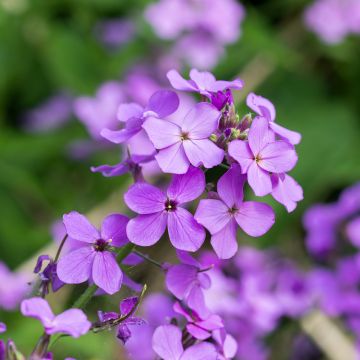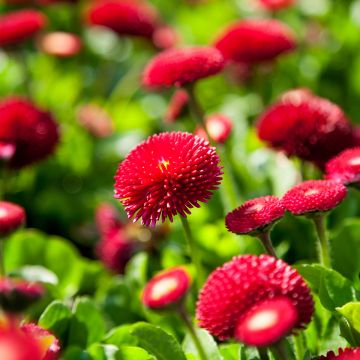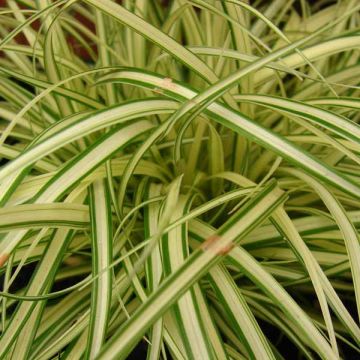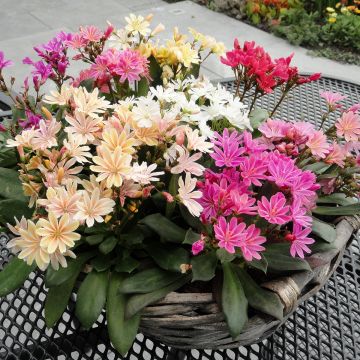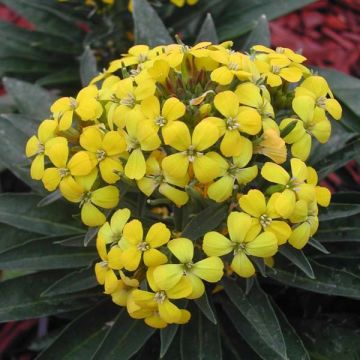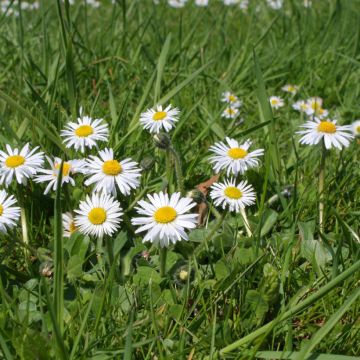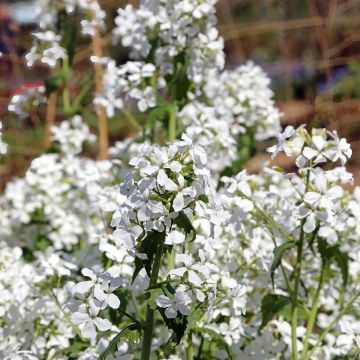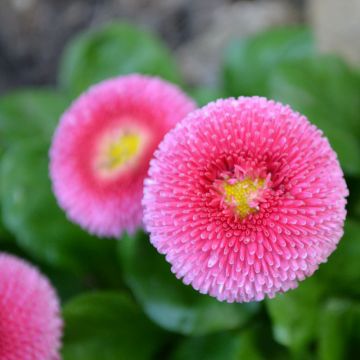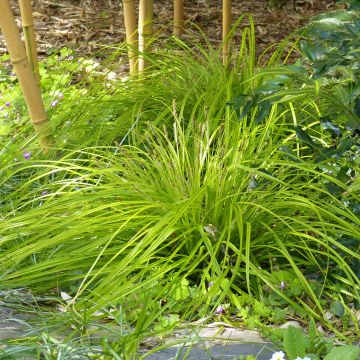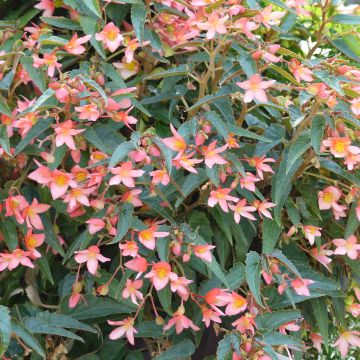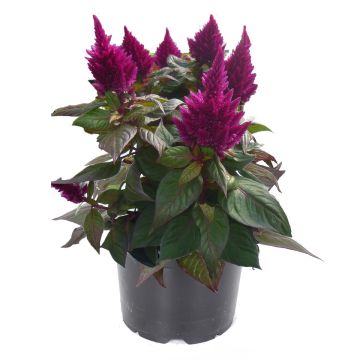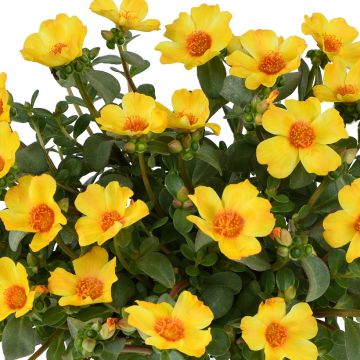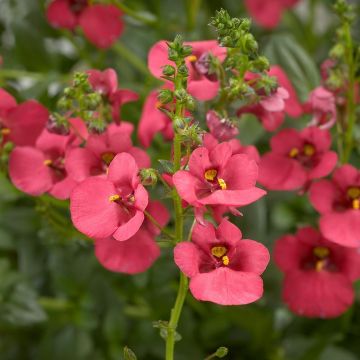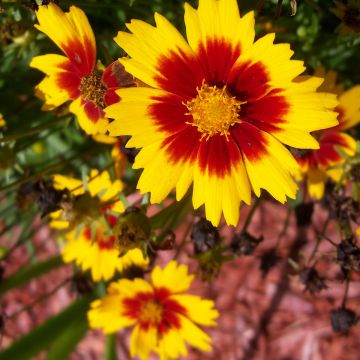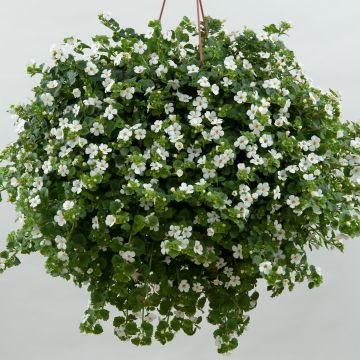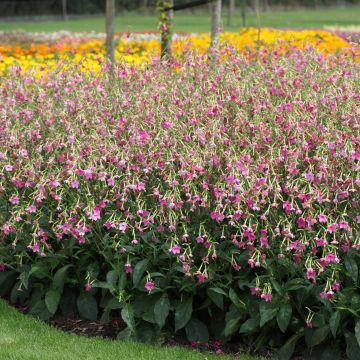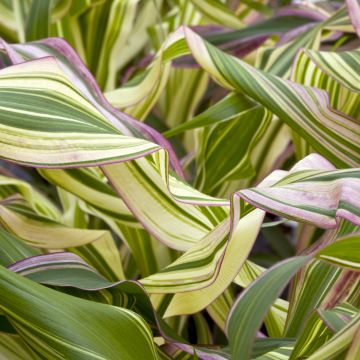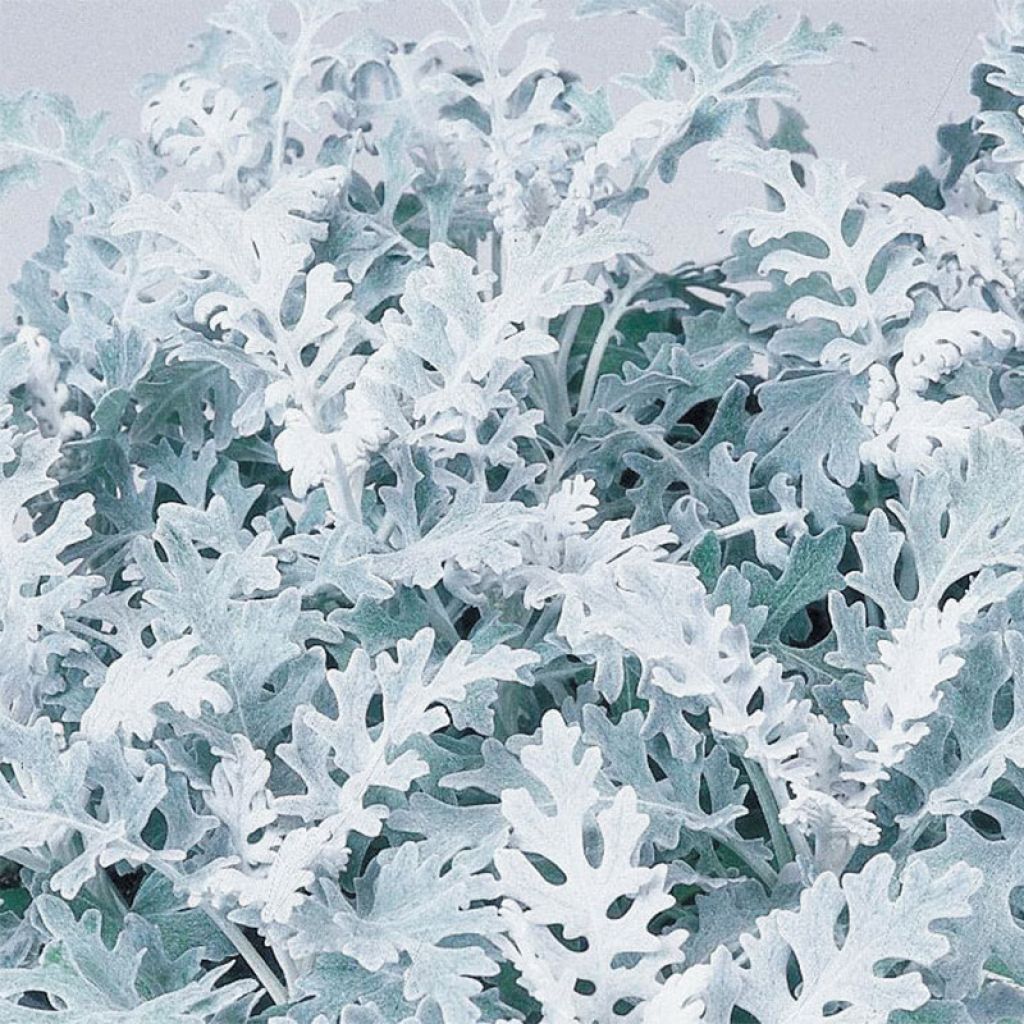

Cinéraire maritime Silver Dust - Senecio cineraria
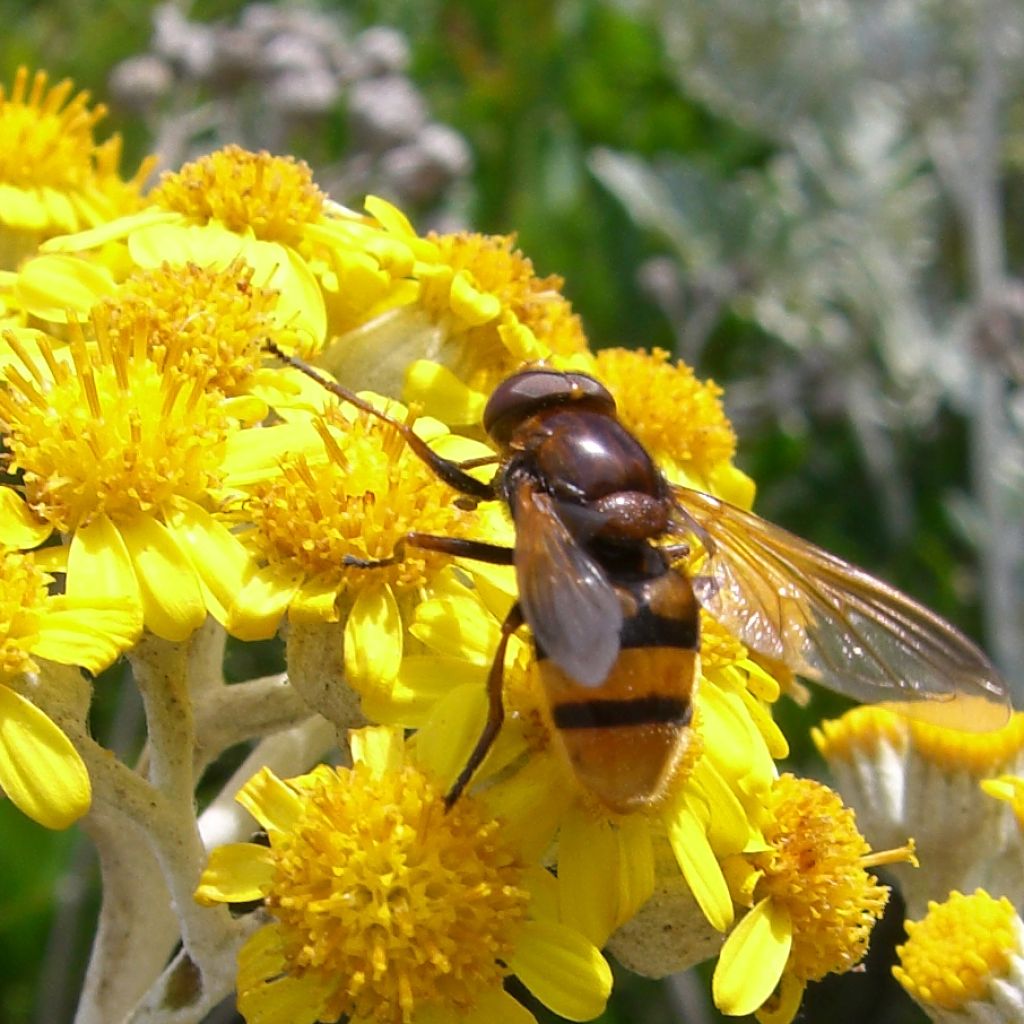

Cinéraire maritime Silver Dust - Senecio cineraria
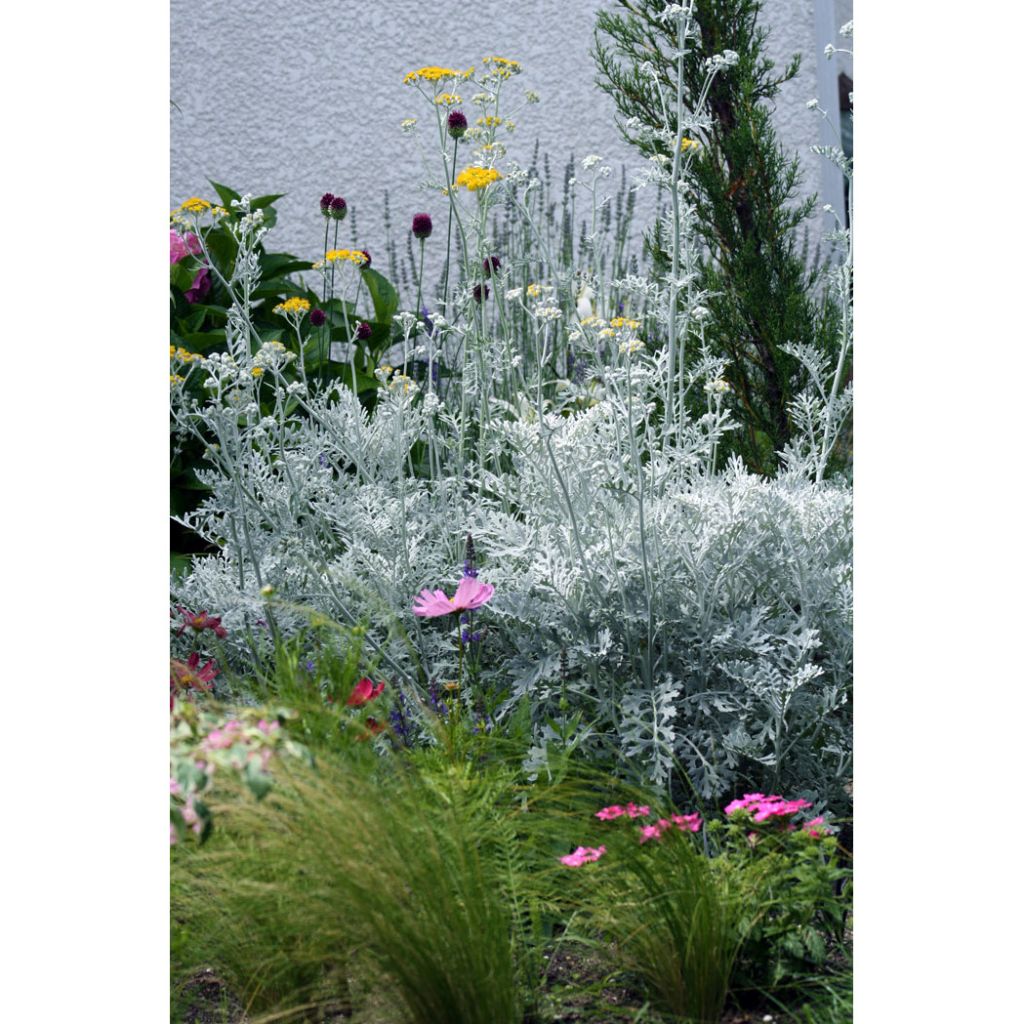

cineraria Senecio Silver Dust
cineraria Senecio Silver Dust
Senecio cineraria Silver Dust
Dusty Miller
This item cannot be shipped to the selected country
Delivery charge from €5.90
More information
Schedule delivery date,
and select date in basket
This plant carries a 6 months recovery warranty
More information
We guarantee the quality of our plants for a full growing cycle, and will replace at our expense any plant that fails to recover under normal climatic and planting conditions.
From €5.90 for pickup delivery and €6.90 for home delivery
Express home delivery from €8.90.

Does this plant fit my garden?
Set up your Plantfit profile →
Description
Elegant, almost white, the Senecio cineraria 'Silver Dust' is a seaside cineraria of great ornamental value. All dressed in silver, but modest in its platinum dress, it forms a precious setting for any accompanying plant, with infinite delicacy. This evergreen undershrub with a compact habit and extremely finely cut foliage occasionally produces umbels of a somewhat uncertain mustard yellow in summer, which will probably be forgotten. It will be appreciated above all for its foliage, in borders or in pots and containers to adorn the balcony or terrace. Not very hardy, but tolerant of heat, sea spray, and poor soils, it is a biennial or frugal perennial that appreciates the sun and succumbs in moist and poorly drained soil.
The Senecio cineraria is an evergreen shrub with a woody base from the aster family, native to the western Mediterranean Basin, perfectly adapted to summer heat and drought. In nature, the seaside cineraria is found in rocky or sandy soils, often poor and limestone, but perfectly drained.
The 'Silver Dust' variety, from which it originates, forms a bushy and compact, rounded clump, about 50 cm (20in) in all directions when fully grown, 20 to 30 cm (8 to 12in) in all when grown as a biennial. It is distinguished from the type by its almost white, intensely lobed foliage. The upper surface of the leaves is covered with a very pale gray felt, almost white, and their lower surface is doubled with a thick white down. The entire foliage has a feathery appearance and a bright silver glow. The sporadic flowering on this variety sometimes appears in June-July, in the form of branched umbels made up of numerous small dark yellow to mustard yellow heads. The seeds are easily dispersed by the wind, thanks to their large white bristles.
'Silver Dust' means 'silver dust' in French. What other name could illustrate the discreet elegance of this small bush with a lunar beauty? This seaside cineraria harmonizes with all other plants, whether perennials or annuals, modest or lush, with bright shades and soft nuances. It is also a good plant for dry or seaside gardens, to be installed, for example, in large silver borders, in the company of wormwoods, Centaurea pulcherrima, curry plant, or Atriplex. With red salvias (shrubby or herbaceous), or magenta coquelourdes, 'Silver Dust' will compose a rich harmony, a feast for the eyes!
Note: Please be aware that our plug plants are professional products intended for experienced gardeners: upon receipt, transplant them as soon as possible, in pots, containers, or directly in borders.
Report an error about the product description
cineraria Senecio Silver Dust in pictures


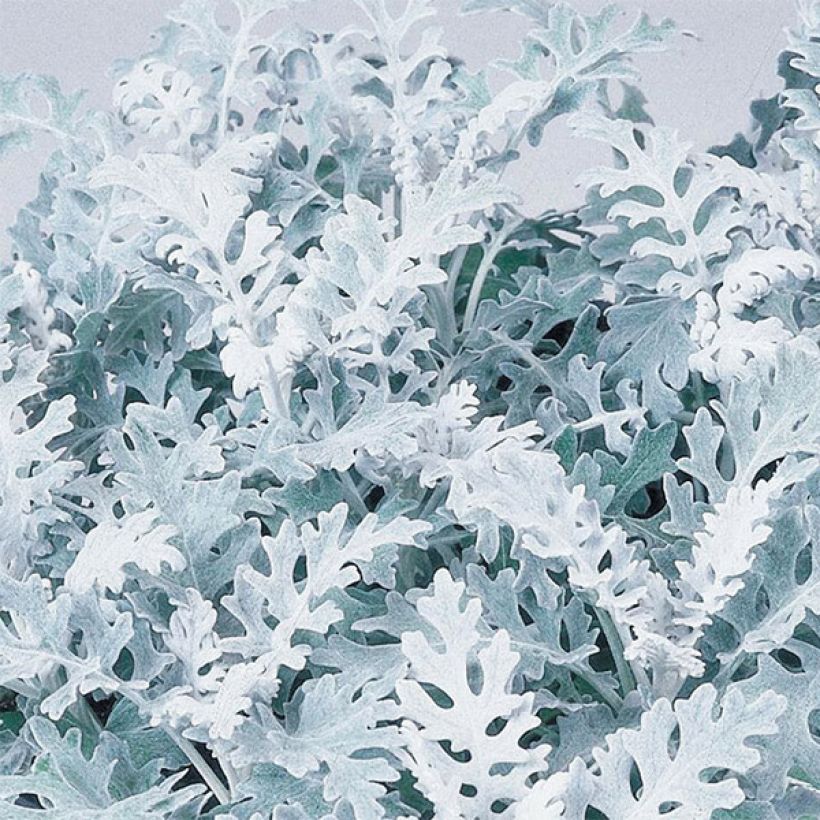

Flowering
Foliage
Plant habit
Botanical data
Senecio
cineraria
Silver Dust
Asteraceae
Dusty Miller
Cultivar or hybrid
Other Biennials A to Z
Planting and care
Upon receipt, ideally in September-October, plant the plug plants directly in trays or 7 to 9cm (3 to 4in) buckets to allow them to grow before planting them in flower beds. Choose a location for them in a well-drained, light soil, even limestone and occasionally dry. In heavy soil, it is essential to incorporate draining materials such as coarse sand or even gravel to isolate the stump from moisture. Indeed, this vine-plant will not survive in waterlogged soil during winter or excessively wet. Choose a sunny exposure, or partially shaded in a warmer climate.
Planting period
Intended location
Care
-
, onOrder confirmed
Reply from on Promesse de fleurs
Plug plants - Annuals
Haven't found what you were looking for?
Hardiness is the lowest winter temperature a plant can endure without suffering serious damage or even dying. However, hardiness is affected by location (a sheltered area, such as a patio), protection (winter cover) and soil type (hardiness is improved by well-drained soil).

Photo Sharing Terms & Conditions
In order to encourage gardeners to interact and share their experiences, Promesse de fleurs offers various media enabling content to be uploaded onto its Site - in particular via the ‘Photo sharing’ module.
The User agrees to refrain from:
- Posting any content that is illegal, prejudicial, insulting, racist, inciteful to hatred, revisionist, contrary to public decency, that infringes on privacy or on the privacy rights of third parties, in particular the publicity rights of persons and goods, intellectual property rights, or the right to privacy.
- Submitting content on behalf of a third party;
- Impersonate the identity of a third party and/or publish any personal information about a third party;
In general, the User undertakes to refrain from any unethical behaviour.
All Content (in particular text, comments, files, images, photos, videos, creative works, etc.), which may be subject to property or intellectual property rights, image or other private rights, shall remain the property of the User, subject to the limited rights granted by the terms of the licence granted by Promesse de fleurs as stated below. Users are at liberty to publish or not to publish such Content on the Site, notably via the ‘Photo Sharing’ facility, and accept that this Content shall be made public and freely accessible, notably on the Internet.
Users further acknowledge, undertake to have ,and guarantee that they hold all necessary rights and permissions to publish such material on the Site, in particular with regard to the legislation in force pertaining to any privacy, property, intellectual property, image, or contractual rights, or rights of any other nature. By publishing such Content on the Site, Users acknowledge accepting full liability as publishers of the Content within the meaning of the law, and grant Promesse de fleurs, free of charge, an inclusive, worldwide licence for the said Content for the entire duration of its publication, including all reproduction, representation, up/downloading, displaying, performing, transmission, and storage rights.
Users also grant permission for their name to be linked to the Content and accept that this link may not always be made available.
By engaging in posting material, Users consent to their Content becoming automatically accessible on the Internet, in particular on other sites and/or blogs and/or web pages of the Promesse de fleurs site, including in particular social pages and the Promesse de fleurs catalogue.
Users may secure the removal of entrusted content free of charge by issuing a simple request via our contact form.
The flowering period indicated on our website applies to countries and regions located in USDA zone 8 (France, the United Kingdom, Ireland, the Netherlands, etc.)
It will vary according to where you live:
- In zones 9 to 10 (Italy, Spain, Greece, etc.), flowering will occur about 2 to 4 weeks earlier.
- In zones 6 to 7 (Germany, Poland, Slovenia, and lower mountainous regions), flowering will be delayed by 2 to 3 weeks.
- In zone 5 (Central Europe, Scandinavia), blooming will be delayed by 3 to 5 weeks.
In temperate climates, pruning of spring-flowering shrubs (forsythia, spireas, etc.) should be done just after flowering.
Pruning of summer-flowering shrubs (Indian Lilac, Perovskia, etc.) can be done in winter or spring.
In cold regions as well as with frost-sensitive plants, avoid pruning too early when severe frosts may still occur.
The planting period indicated on our website applies to countries and regions located in USDA zone 8 (France, United Kingdom, Ireland, Netherlands).
It will vary according to where you live:
- In Mediterranean zones (Marseille, Madrid, Milan, etc.), autumn and winter are the best planting periods.
- In continental zones (Strasbourg, Munich, Vienna, etc.), delay planting by 2 to 3 weeks in spring and bring it forward by 2 to 4 weeks in autumn.
- In mountainous regions (the Alps, Pyrenees, Carpathians, etc.), it is best to plant in late spring (May-June) or late summer (August-September).
The harvesting period indicated on our website applies to countries and regions in USDA zone 8 (France, England, Ireland, the Netherlands).
In colder areas (Scandinavia, Poland, Austria...) fruit and vegetable harvests are likely to be delayed by 3-4 weeks.
In warmer areas (Italy, Spain, Greece, etc.), harvesting will probably take place earlier, depending on weather conditions.
The sowing periods indicated on our website apply to countries and regions within USDA Zone 8 (France, UK, Ireland, Netherlands).
In colder areas (Scandinavia, Poland, Austria...), delay any outdoor sowing by 3-4 weeks, or sow under glass.
In warmer climes (Italy, Spain, Greece, etc.), bring outdoor sowing forward by a few weeks.

































